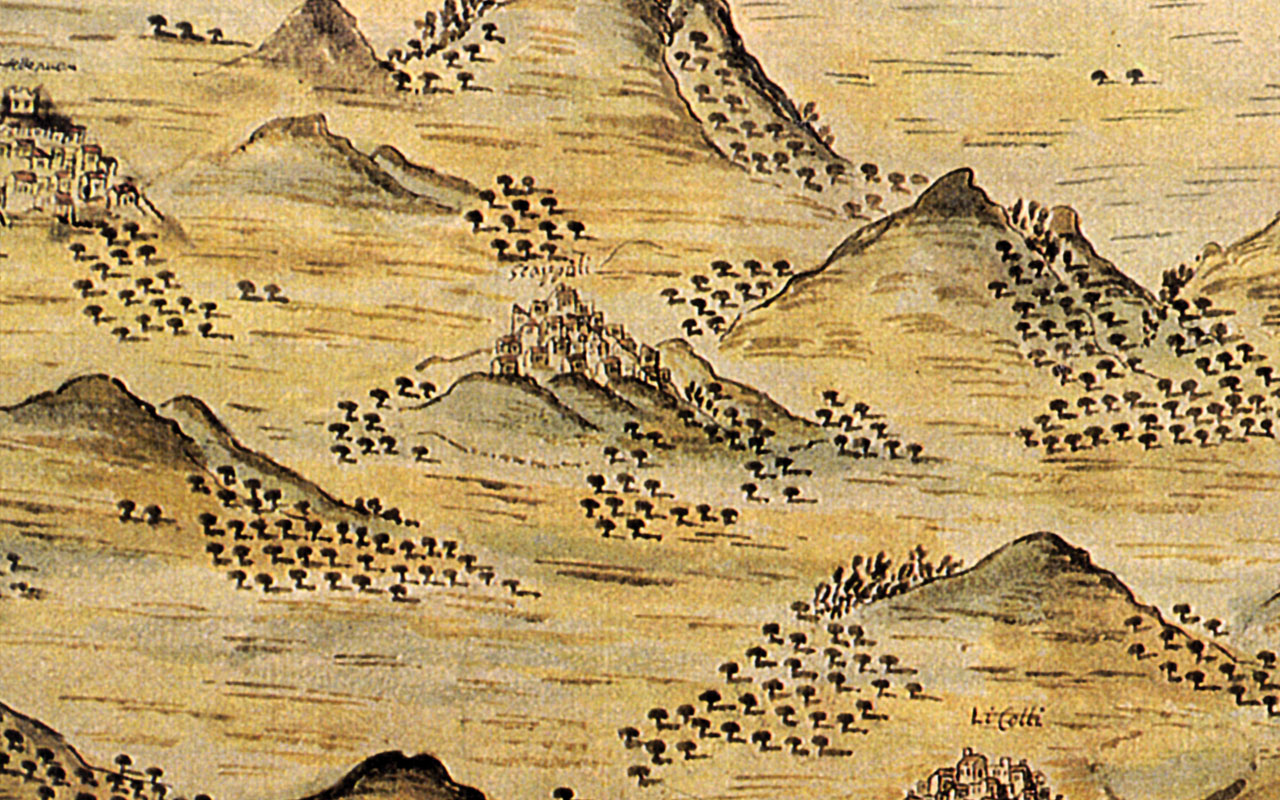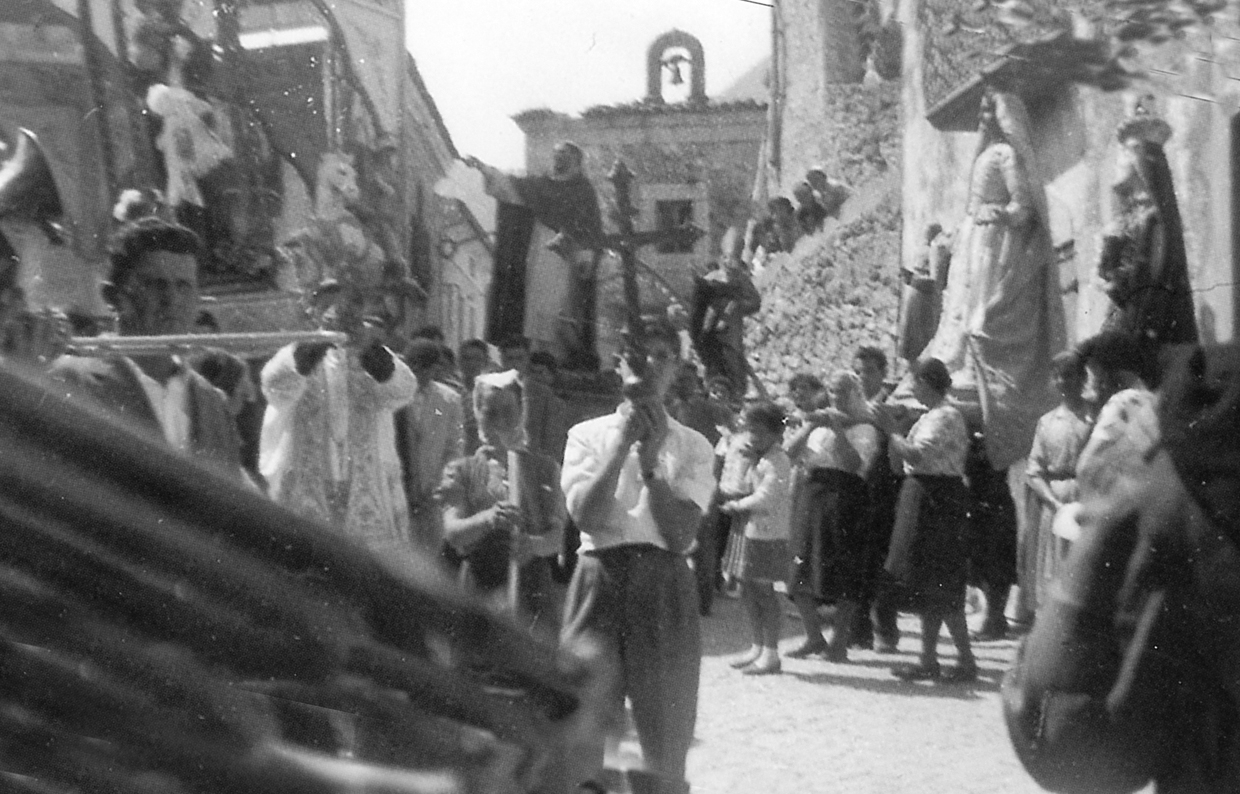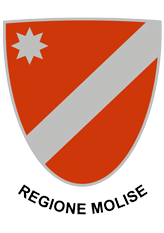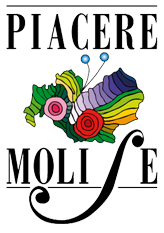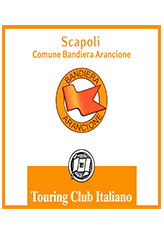History
Scapoli, whose name comes from the Latin word scopulus (cliff, boulder, rocky peak) or also from scapulae (mountain ridge, mountain slope), is 611 meters above sea level, in a mainly mountainous area.
In 980, in the existing countryside, there was already a church dedicated to Saint Peter of Itria, but only in 982, when the Benedictine monks from the nearby Abbey of San Vincenzo al Volturno (A) had already undertaken the process of encastellation of their extensive territory, was the castrum Scappili born (also known as Scappelli, Scapuli) after its foundation with four emphyteutae called to till and cultivate the land.(B) Until 1325, during the Angevin domination, Scapoli was part of Abruzzo Citra (Chieti): it was, in fact, one of the castra sold to Camillo Pandone in 1382 to restore the Monastery of San Vincenzo al Volturno.
In the second half of the 16th century it was owned by the Bucciarelli family, while in 1604 the feudal estate was put up for auction due to debt and was won by Innico di Grazi, baron of Cerro, who ceded it to Tommaso Calvo.
The last lords of Scapoli were the Cestari, considered a branch of the Acerbo of Aragon family (at the end of the 1700s). Having become part of the Terra di Lavoro, on February 17th, 1861, Scapoli became part of Molise.
During the same period, both Scapoli and the Mainarde mountain area in Molise, Lazio and Campania were victims of brigandage.
Due to the damaging vicissitudes that the population underwent during World War II, in 2007 the Silver Medal of Civil Merit was awarded by President of the Republic. (C)

